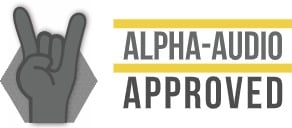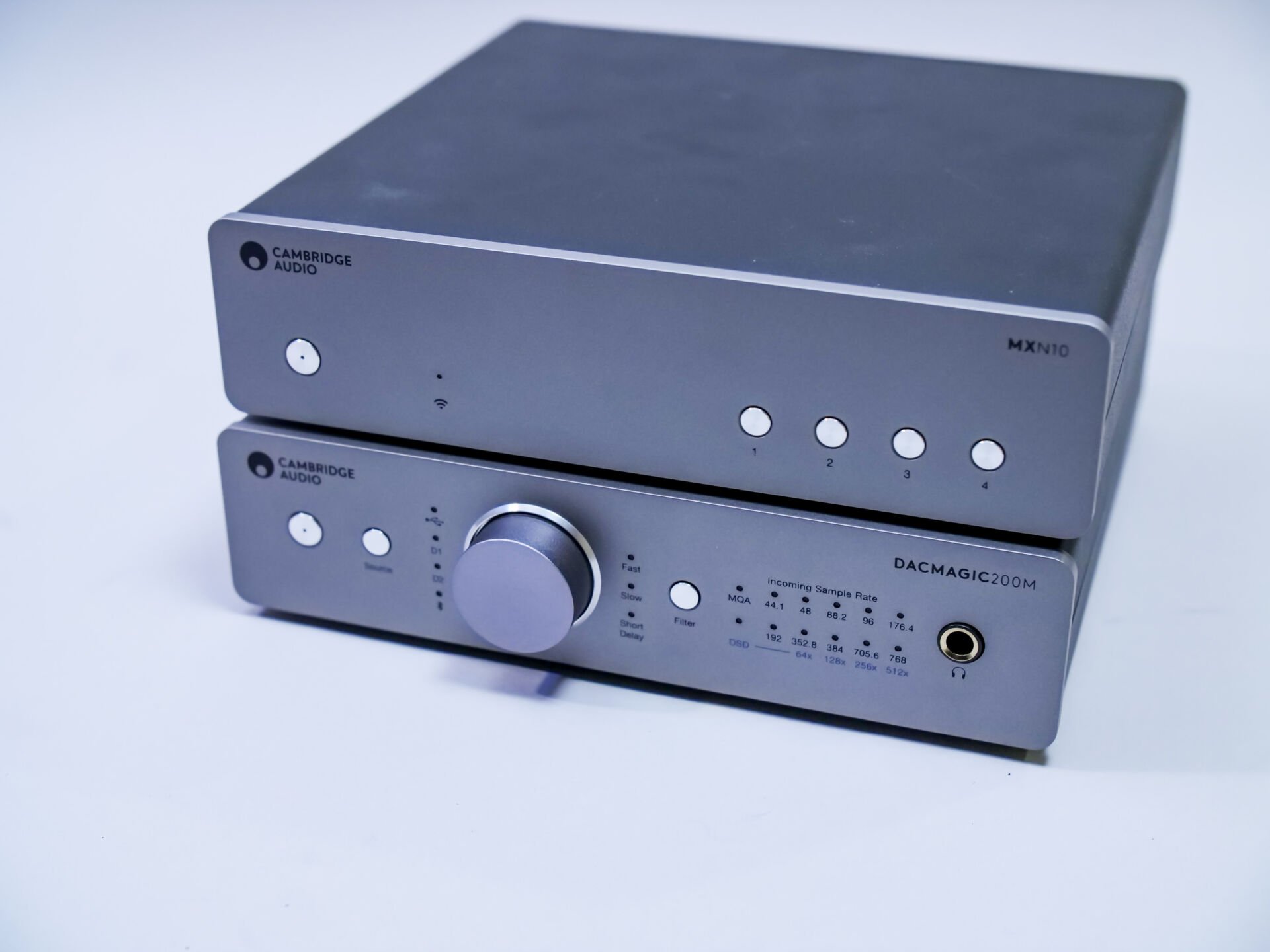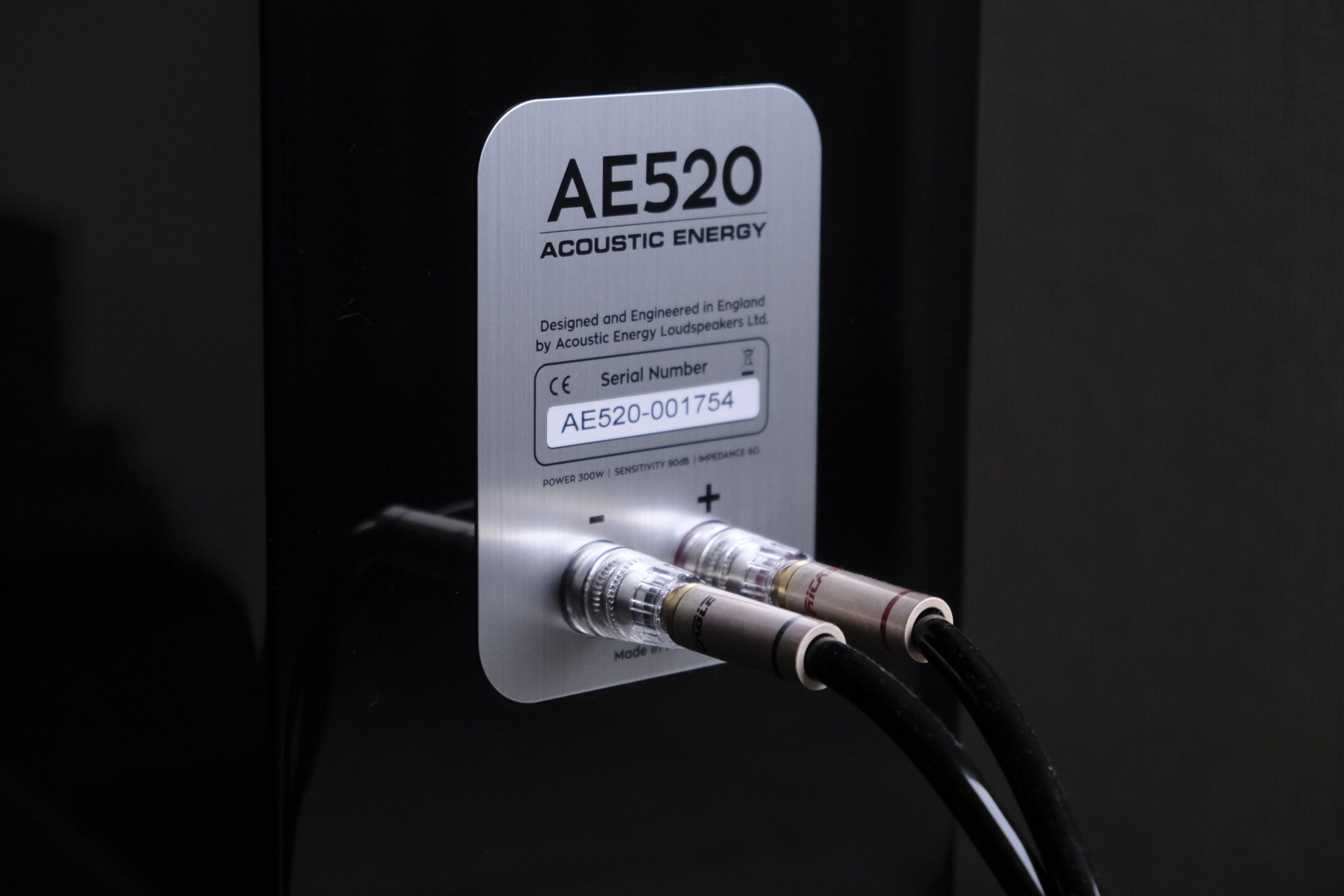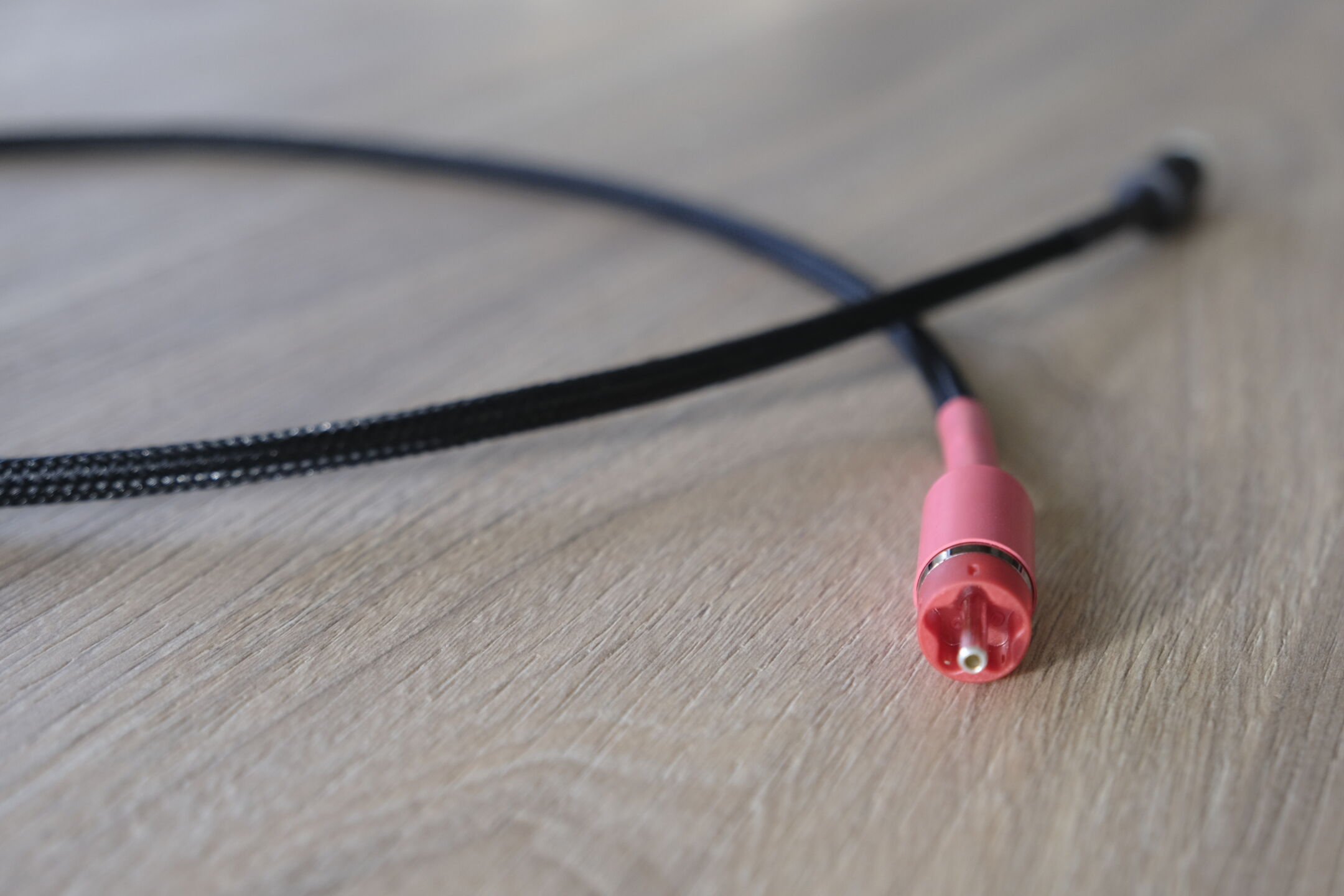

Intro
Contents
After Morpheus – the Greek god of dreams – Sonnet Audio comes up with Pasithea: in Greek mythology, the personification of relaxation, meditation and consciousness. That’s quite a statement Cees Ruijtenberg makes here. Let’s see if we immediately get into higher spheres with the Sonnet Pasithea!
Sonnet’ s modus operandi – like Metrum Acoustics – is very simple: scientific. “To measure is to know”, is what we Dutch always say. We know more manufacturers who do that – think Grimm Audio, Mola Mola and, for example, Spectral – and they too usually make very ‘correct’ devices. We like it.
The Sonnet Pasithea is an evolution of the Morpheus. Not only has Sonnet improved the modules a bit again (now SDA3 version); the motherboard that holds the modules has also been improved. For example, the current-to-voltage conversion has been addressed, making it more heavily duty, so to say. The load on the modules is also slightly higher, which improves transparency, resolution and noise floor (doubling the number of modules also helps here… the result of both is visible in the measurements). However, due to the doubling of the number of modules and the slightly higher voltage, there is a bit more heat generation. That is why the cover is open; this way the Pasithea can still get rid of its heat.
More inputs
What is very nice – and has long been a wish – is that there is both a USB and an I2S input. Previously it was either/or, because the module had to be swapped. Now both are available and part of the board-design. Furthermore, we see: coaxial, AES and optical. So five inputs. Like the Sonnet Morpheus we find both single ended and balanced outputs. These can be used simultaneously, but be aware that there is a voltage difference (i.e. volume difference). So it is not recommended to bi-amp or bi-wire that way, because there is a significant volume difference.
The build
On the front we see two push buttons and a rotary knob. The rotary knob is for volume. The push buttons for on / off and input. Simple… nice. In the middle is a display to indicate volume and input. It’s not the prettiest display, but it’s surprisingly easy to read: even from a distance.
The rest of the housing is incredibly no-nonsense. It all looks neat, but certainly not luxurious. The money has clearly gone into the technology and not into the housing. There is a lot to be said for that. Through this approach, a very high playback quality can be achieved without paying high-end prices.
This was one of the reasons Record Industry chose the Sonnet Morpheus for cutting their vinyl masters (many recordings come in digitally and therefore have to go through a dac to make a vinyl master). In short, you are now primarily buying a technical feat and not a showpiece on the hi-fi rack.
Briefly the technique
We talked briefly earlier about the new version of the dac module: SDA3. Sonnet uses in-house developed dac modules. These modules are an far evolution of the Transient modules incorporated in the Metrum Acoustics products (also developed by Cees Ruijtenberg). The Sonnet SDA3 modules contain four (ladder) dac chips each. These 16 bit r2r ladders are only loaded for 12 bits, because the lower four bits contain relatively more noise. Thus by applying this technique, the noise floor is lower and thus the detail in the bass frequencies is much improved.
Each dac chip is built in a balanced way. One dac duo processes the plus side, the other dac duo grabs the minus side. Together, each duo is 24-bit (2 x 12 bit). The fpga on the module merges the bits from the two dacs working together. An ingenious design that saw the light of day in the Metrum Acoustics Pavane… they did it slightly differently back then, but the idea is the same.
On the mainboard we see besides slots for the dac modules also two additional slots. One slot is equipped with the input receiver. Another slot is empty: it can accommodate an mqa module.















Hi Jaap,
How would you compare the Pasithea to your MSB Premier? Thanks.
They are very different. Please just read both reviews. By the way: the Pasithea is ours. The MSB isn’t ;-).
I currently have an EMM Labs DCC2 /CDSD combo playing through Halcro DM 58s to Revel Salons. Am looking to modernize and move to hi res streaming ( although may keep a CD player ). Am currently looking at :
Sonnet Pasithea
Holo May kitsune
Bricasti M3
Does any9ne have an opinion on those? Or is familiar with the EMM Labs dac for comparison ?
Thx
Seth
If you want a neutral sounding dac… Pasithea. 100%.
I currently have an EMM Labs DCC2 /CDSD combo playing through Halcro DM 58s to Revel Salons. Am looking to modernize and move to hi res streaming ( although may keep a CD player ). Am currently looking at :
Sonnet Pasithea
Holo May kitsune
Bricasti M3
Does any9ne have an opinion on those? Or is familiar with the EMM Labs dac for comparison ?
Thx
Seth
If you want a neutral sounding dac… Pasithea. 100%.
Hello Guys,
As always what a great review !
I have a Denafrips Athena preamp & Terminator -II using HQP to PCM 1.536mhz and that is the way the Terminator-II seems to squeeze its best bits.
I have this itch with the Pasithea, and wonder how good would it be to switch to it from where im standing now ( T-II ), any suggestions ?
Have you tried Pasithea with HQP ?
These are the DACs im considering:
– Lampizator Baltic 3
– Sonnet Pasithea
– SW1X DAC II BALANCED
fingers crossed
Regards to You all
Miguel ( Mexico )
Sorry for the late answer. The Sonnet Pasithea is – for me – the best dac in terms of ‘silence’ / noise floor and detailing. It’s crazy. Combine it with the lossless volume control and you have a resolution master. The T-II is also very nice. It’s up with the best.
The thing is: how is the rest of the chain. Other dacs make a difference. But is that your weak link?
Thank you
I feel at this time there is no REAL weak link in my system, this has been a long journey for me, more than 13 years of looking here and going there and learning the hard way, trying and selling an even sometimes going for things that one should look later once you have the more impactful gear on front, that said, my server has been the last piece of the sound base, no matter how good the system is, if the source is poor, pum.
The T-II is very good but what has been shown with the Paul Hynes DR7T powering the server is a magnificent upgrade in sound ( an eye opener ) is what is making me think that if I now upgrade this DAC to Lampizator Baltic 3 or Pasithea, after what I have been reading from folks with the same T-II upgrading to B-3 makes you itch your head, hahaha
You know how it is
I wish you guys could have a chance to try the Lampizator Baltic 3
Besr regards
Miguel
It’s hard to get Lampizator stuff here. I e-mailed them several times; I get no answer. I will try again. The brand seems interesting.
Hello Guys,
As always what a great review !
I have a Denafrips Athena preamp & Terminator -II using HQP to PCM 1.536mhz and that is the way the Terminator-II seems to squeeze its best bits.
I have this itch with the Pasithea, and wonder how good would it be to switch to it from where im standing now ( T-II ), any suggestions ?
Have you tried Pasithea with HQP ?
These are the DACs im considering:
– Lampizator Baltic 3
– Sonnet Pasithea
– SW1X DAC II BALANCED
fingers crossed
Regards to You all
Miguel ( Mexico )
Sorry for the late answer. The Sonnet Pasithea is – for me – the best dac in terms of ‘silence’ / noise floor and detailing. It’s crazy. Combine it with the lossless volume control and you have a resolution master. The T-II is also very nice. It’s up with the best.
The thing is: how is the rest of the chain. Other dacs make a difference. But is that your weak link?
Thank you
I feel at this time there is no REAL weak link in my system, this has been a long journey for me, more than 13 years of looking here and going there and learning the hard way, trying and selling an even sometimes going for things that one should look later once you have the more impactful gear on front, that said, my server has been the last piece of the sound base, no matter how good the system is, if the source is poor, pum.
The T-II is very good but what has been shown with the Paul Hynes DR7T powering the server is a magnificent upgrade in sound ( an eye opener ) is what is making me think that if I now upgrade this DAC to Lampizator Baltic 3 or Pasithea, after what I have been reading from folks with the same T-II upgrading to B-3 makes you itch your head, hahaha
You know how it is
I wish you guys could have a chance to try the Lampizator Baltic 3
Besr regards
Miguel
It’s hard to get Lampizator stuff here. I e-mailed them several times; I get no answer. I will try again. The brand seems interesting.